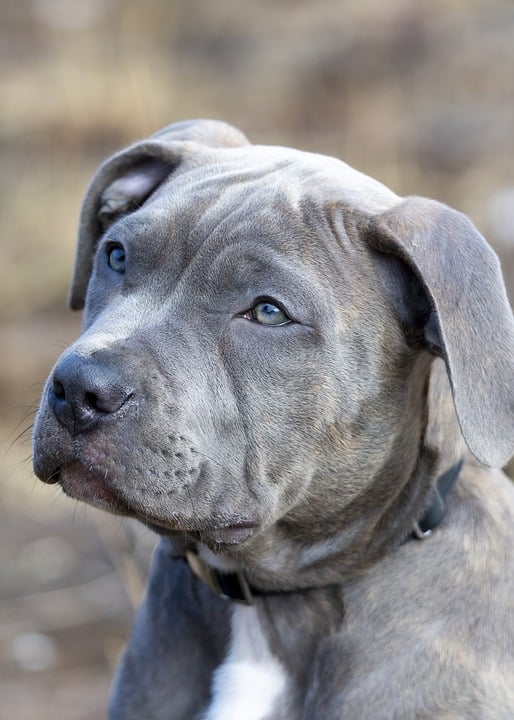Header: Training for Proper Behavior Around Food and treats: Ensuring a Well-Behaved Dog
Introduction:
Proper behavior around food and treats is essential for maintaining a well-behaved and obedient dog. Whether you’re teaching your furry friend basic commands or trying to prevent food aggression, effective training plays a crucial role. In this article, we will explore various techniques and tips to help you train your dog for proper behavior around food and treats. Additionally, we will address some frequently asked questions to provide you with a comprehensive understanding of this topic.
1. Understanding the Basics of Training for Proper Behavior
– The importance of training your dog around food and treats: Training your dog to behave properly around food and treats not only promotes good manners but also ensures the safety of both the dog and those around them.
– Key principles of positive reinforcement training: Positive reinforcement, such as rewarding desired behaviors with treats or praise, is a highly effective and humane training method that encourages dogs to repeat those behaviors.
2. Teaching Basic Commands
– Sit and stay commands: The foundation for proper behavior around food: Teaching your dog to sit and stay before receiving their food or treats establishes a sense of control and discipline.
– “Leave it” command: Essential for preventing food aggression: The “leave it” command teaches your dog to refrain from grabbing food or treats without permission, which helps prevent aggression or resource guarding.
3. Addressing Food Aggression
– Identifying signs of food aggression in dogs: It’s important to recognize signs of food aggression, such as growling, snarling, or snapping, in order to address the issue effectively.
– Techniques to prevent and manage food aggression: Strategies such as feeding your dog in separate areas, using food puzzles, or desensitization exercises can help manage and reduce food aggression.
– Consulting a professional trainer for severe cases: If your dog’s food aggression is severe or poses a safety risk, seeking guidance from a professional dog trainer or behaviorist is highly recommended.
4. Training for Gentle Taking of Treats
– Teaching your dog to take treats gently from your hand: Encouraging your dog to take treats gently from your hand helps prevent accidental nipping or biting.
– Importance of rewarding calm behavior during treat training: Rewarding your dog for calm behavior during treat training reinforces positive behaviors and discourages any aggressive tendencies.
5. Avoiding Counter Surfing and Begging
– Training your dog to stay away from countertops and tables: Consistent training and management techniques, such as using baby gates or teaching a “place” command, can help prevent your dog from accessing countertops or tables.
– Preventing begging behavior during mealtime: Establishing clear boundaries and providing alternative activities or toys during mealtime can discourage begging behavior.
FAQs:
Q1. Can I use punishment-based training methods to correct food-related behavior issues in my dog?
A1. It is generally advised to avoid punishment-based training methods, as they can lead to fear, anxiety, or aggression in dogs. Positive reinforcement techniques are more effective and promote a stronger bond between you and your dog.
Q2. Is it possible to train an adult dog for proper behavior around food and treats?
A2. Yes, adult dogs can be trained for proper behavior around food and treats. However, it may take longer and require more patience compared to training a puppy. Consistency and positive reinforcement are key.
Q3. How long does it usually take to train a dog to exhibit proper behavior around food?
A3. The time it takes to train a dog to exhibit proper behavior around food can vary depending on the dog’s age, temperament, and previous experiences. It is important to remain consistent and patient throughout the training process.
Q4. Should I consult a professional trainer if my dog’s food aggression is severe?
A4. Yes, if your dog’s food aggression is severe or poses a safety risk, it is highly recommended to consult a professional trainer or behaviorist who specializes in aggression issues.
Q5. Is it normal for my dog to exhibit some level of food possessiveness?
A5. It is not uncommon for dogs to exhibit some level of food possessiveness, especially if they have had previous experiences with resource scarcity. However, it is important to address and manage this behavior to prevent it from escalating into aggression.









